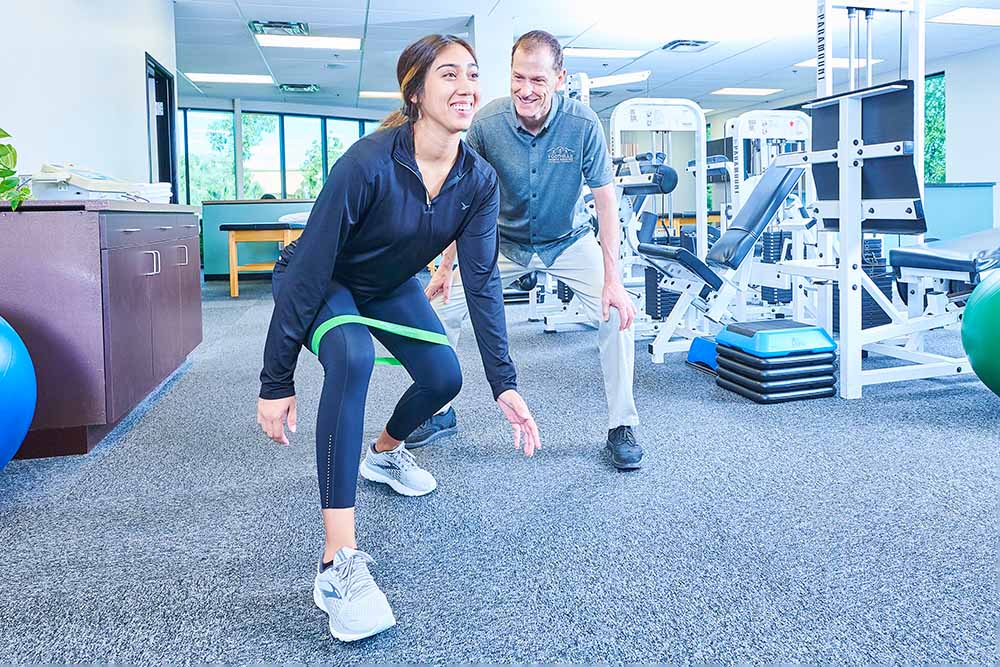One of the primary advantages of a tailored exercise prescription is that it can enhance a client’s drive. When individuals see that their exercise program is designed just for them, they may experience more involved and eager to participate. This feeling of individualized care can result to better adherence to the rehabilitation process. Studies have shown that patients who adhere to their fitness programs are more prone to achieve favorable recovery outcomes, such as lessened pain and enhanced movement. By tailoring workouts applicable to each person’s situation, rehabilitation professionals can help patients stay committed to their recovery process.
Moreover, the implementation of customized workout prescriptions can aid to reduce setbacks during the recovery process. When exercises helpful site are carefully selected based on a person's current status, the chance of harm or reinjury can be substantially lowered. For instance, if a patient is rehabilitating from knee operation, the recovery plan may feature low-impact workouts that build the adjacent muscle groups without placing too much stress on the knee. This careful method not only aids recovery but also enhances robustness and agility, which are essential for reverting to regular activities and preventing future injuries.
Additionally, the use of tailored exercise prescriptions can lead to more efficient recovery times. By focusing on specific exercises that target the areas needing improvement, patients can often advance more rapidly through their recovery. This efficiency is especially important for athletes and active individuals who want to return to their sports or hobbies as soon as feasible. Rehabilitation professionals can monitor progress closely and adjust the exercise plan as necessary, ensuring that patients are always working at the right level for their recovery.

In conclusion, the impact of customized workout regimens on recovery programs is significant. By providing personalized exercise regimens, medical providers can enhance motivation, reduce the risk of harm, and encourage faster recovery times. This individualized approach not only assists clients recover their power and mobility but also supports their overall well-being. As recovery continues to develop, it is evident that customized exercise prescriptions will remain a critical element in assisting people reach their recovery goals.